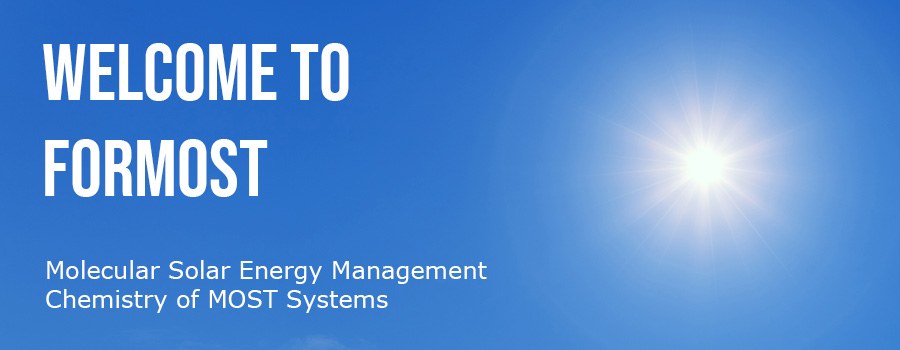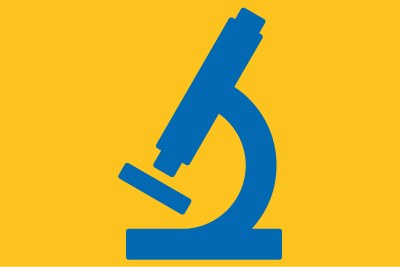DFG Research Group 5499 - FORMOST

Overview
There is plenty of solar energy available on Earth. The sun delivers approximately 1,000 W/m2 at sea level on a clear day. Today’s technologies are capable of converting solar energy to electricity directly (photovoltaics) or indirectly (wind energy or hydropower) at a large scale and at a cost efficiency which is steadily improving. However, the availability of solar energy varies drastically in space and time. Therefore, energy storage is the primary challenge in our transition to a renewable energy system. In the near future, we will see several technologies emerging for chemical energy storage at large scale such as electrolysis or power-to-liquid. However, there is also a huge number of potential applications for smart management of solar energy at small scale, which have received little attention. Here, new molecular materials may pave the road to a phenomenal variety of new and surprising solutions. In the Research Unit FOR MOST, we propose to explore the potential of such a powerful molecular strategy: The conversion, storage and release of solar energy, all combined in just one single molecule.

Our approach is based on synthetic photochromic molecules, which can be widely tailored by modern synthetic chemistry. Such small molecular switches combine the three key functions – conversion, storage, and release – in a highly efficient and simple fashion. In these photoswitches solar energy is converted to chemical energy, stored, and released by applying an external trigger. The stored Energy can, in principle, be converted to electricity or used to drive a chemical reaction. In FORMOST, we will focus on one key challenge, i.e., the interconversion of light to heat in so-called Molecular Solar Thermal (MOST) systems. Heat release is extremely simple and does not require complex apparatus. Because of ist simplicity, there is a huge application potential in extremely convenient devices at any scale (e.g. window panes, deicing panes, space heating, from tiny to very large). Some of these have been highlighted in demonstrating devices. In spite of the large application potential, Research on MOST systems is still in its infancy. In FORMOST we will explore the power of the MOST strategy from a fundamental point up to proof-ofconcept demonstrations.
The working principle of a photochromic MOST switch: a swithcable molecule absorbs light and is converted from a low-energy state to a metastable high-Energy state. To release the stored energy, an external trigger (heat, catalyst, light, electric field, magnetic field), is applied and the molecule returns to its low-energy state converting the chemical Energy to heat.

News & Events
New publication in ChemSusChem from the FORMOST team developing a flow process to access azobenzenes: https://chemistry-europe.onlinelibrary.wiley.com/doi/10.1002/cssc.202301714









